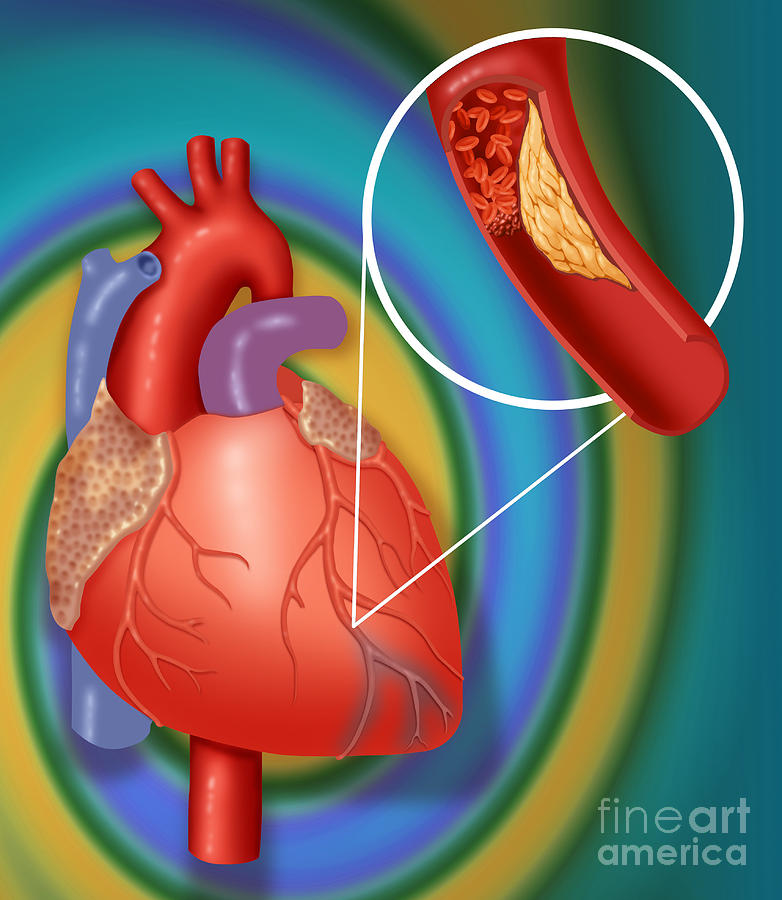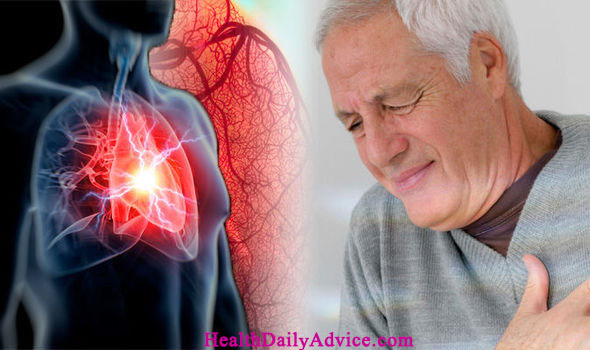
Heart murmurs or abnormal heart sounds may be heard on auscultation (through the stethoscope). Physical examination may show pallor, sweating, and a rapid pulse (tachycardia). There may be other signs and symptoms such as breathlessness, anxiety, sweating, nausea, vomiting, extreme pallor, dizziness, and a rapid pulse. The pain is in most cases extremely severe and persistent and may be felt as a heaviness, tightness, or constriction in the chest.

Chest pain is typically felt behind the breast bone or sternum (retrosternal pain) but it may radiate to the arms, shoulder, jaw or neck. The cardinal symptom of a heart attack is pain. This delay may prove fatal in some cases. Typical symptoms may not always be present ad as discussed above a heart attack could be mistaken for a less-serious condition such as GERD or gastritis and not given due importance. Diagnosis of Myocardial InfarctionĪccording to the WHO criteria, the diagnosis of a heart attack or myocardial infarction requires at least 2 out of 3 of the following : The presence of other features like dizziness, breathlessness, excessive sweating and fainting are indicative of cardiac pain, while nausea, vomiting and even anxiety may be seen with both cardiac and gastrointestinal pain. Patients with a history of angina pectoris should also be aware of the differences between angina and heart attack pain. The similarities and differences are discussed further under cardiac vs non-cardiac chest pain. Due to the anatomical position, acid reflux may closely mimic the location of cardiac pain. The latter, burning pain, is similar to pain associated with acid reflux, although reflux can also present with other types of pain. It can vary in presentation from choking, constricting, dull, aching or burning.

The pain associated with angina or a heart attack is known as ischemic cardiac pain, meaning the the heart muscle is undergoing damage due to an interrupted blood supply. However, ignorance about the signs and symptoms of a heart attack often leads to this confusion. Although there are a few key similarities, overall the clinical presentation is significantly different. It is not uncommon for certain gastrointestinal conditions, like excessive gas, gastritis or acid reflux, to be mistaken for cardiac pain. This includes any person with known coronary artery disease, over the age of 45 years, overweight or obese, cigarette smoking, with a history of high blood lipids (hyperlipidemia) and/or hypertension and other underlying conditions like diabetes mellitus. Nevertheless, those who are at a high risk of a heart attack need to be cautious and immediately seek treatment. Therefore it is important to differentiate between a heart attack and other, often non-cardiac, disorders. However, the presentation of an MI is sometimes confused with other common conditions that mimic some of the key features of a heart attack.


Recognition of the symptoms early, prompt emergency care, and appropriate medical treatment can save a life as well as limit myocardial damage. A heart attack is a very common medical emergency. This may lead to death or permanent damage to the heart muscles (myocardium). A myocardial infarction (MI) or heart attack occurs when there is a blockage in one of the arteries supplying the heart (coronary arteries).


 0 kommentar(er)
0 kommentar(er)
